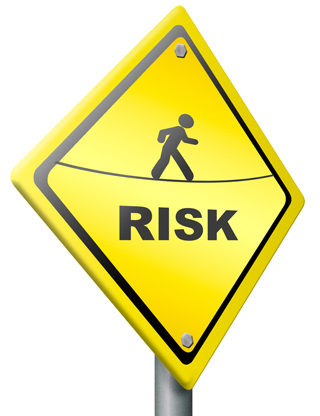A Guide to Risk Assessment
Risk assessment is crucial to avoid potential hazards and implement safety procedures. While work related fatalities and injuries have dropped drastically in recent years, the numbers need to be lowered further. In order to prevent incidents from occurring it’s up to everyone involved to identify potential hazards. When it comes to heights and the application of roof safety systems it’s always better to be safe than sorry. From workers standpoint a fall could mean a devastating injury or worse, from an employer’s perspective it could mean a costly lawsuit and a drop in productivity. While the designated OH&S representative should be able to identify potential hazards, everyone on site should be capable of identifying risk. Risk assessment is a relatively simple, yet essential component of working on a potentially dangerous site. Below are the essential steps to take for effective risk assessment.

Step 1.
Identify the height: Look around the site and identify any heights that need to be worked on or under. It is a requirement to wear a hard hat and relevant safety wear on any site, nevertheless it is vital to recognise not only the danger posed to those working at heights, but those working below as well. Think about how the work needs to be conducted, for example does it require a ladder or scaffolding? By examining the site you should be able to factor in the areas where safety could be an issue.
Step 2.
Who is at risk? Identifying who is at risk is an important element of risk assessment. It’s important to remember that the average building site hosts a range of tradesmen and planners. Identifying which groups are at risk allows you to implement correct inductions.
Step 3.
Consider the risk: Examine the risk and previous safety methods that may have been implemented. Make sure to record your findings officially. It is important to examine all possibilities when considering risk.
Step 4.
Implement safety procedures: After you have assessed the risk it is important that the correct safety procedures are implemented. This may take the form of harnesses or roof edge protection systems.
Step 5.
Ongoing assessment. Once safety measures are implemented it is important to conduct ongoing assessment in order to maintain the integrity of the safety procedures that have been implemented.
By following these simple steps it is possible to implement the necessary safety systems to prevent an accident. It’s time we take safety more seriously and make a concerted effort to drop the amount of workplace accidents. Make sure you carry out a risk assessment on your workplace.
